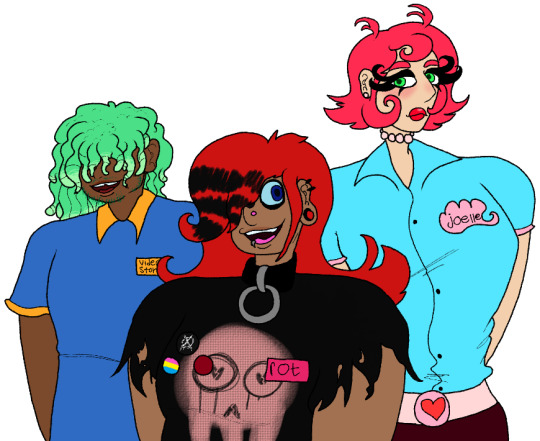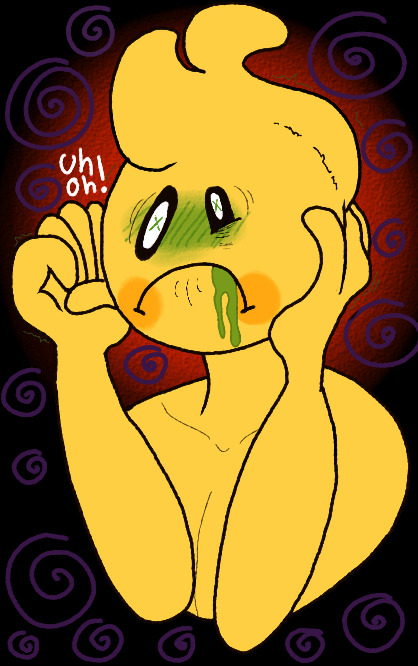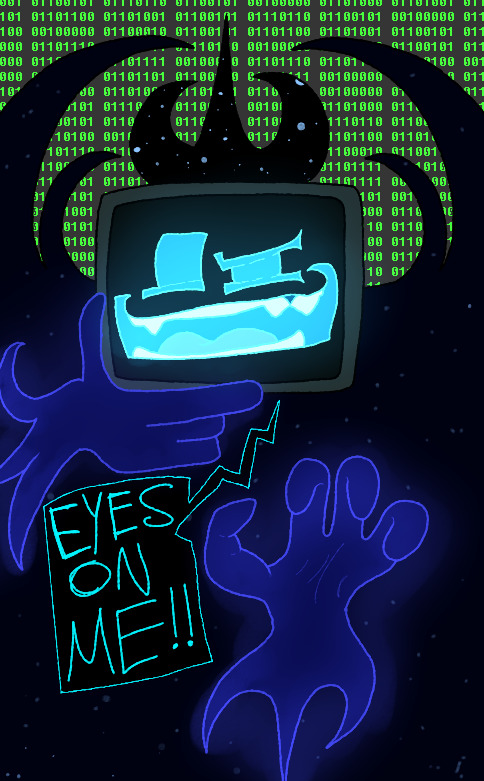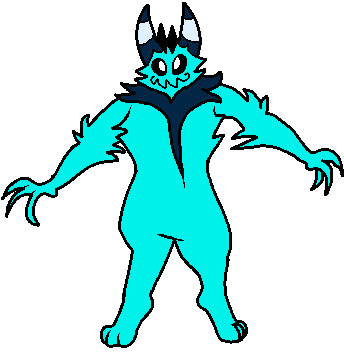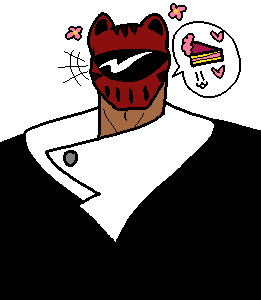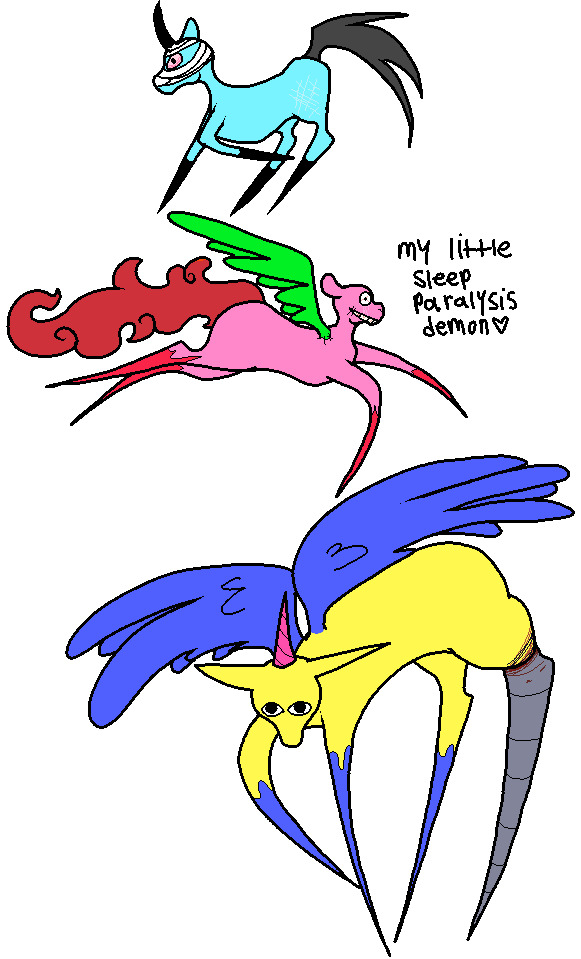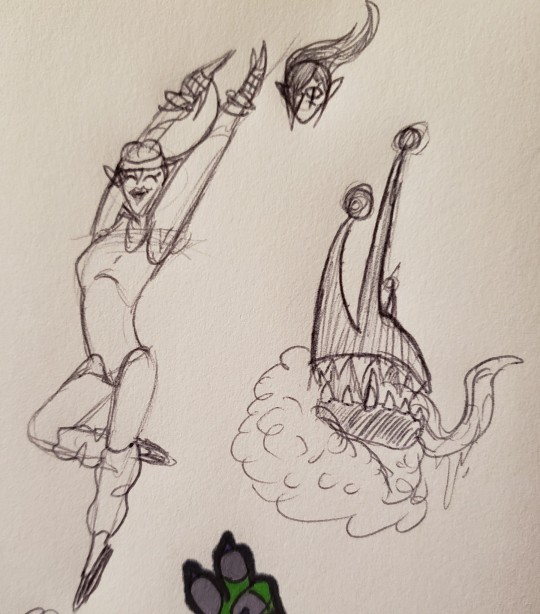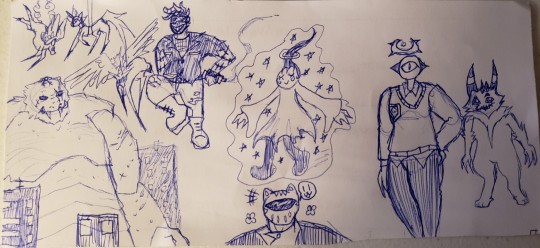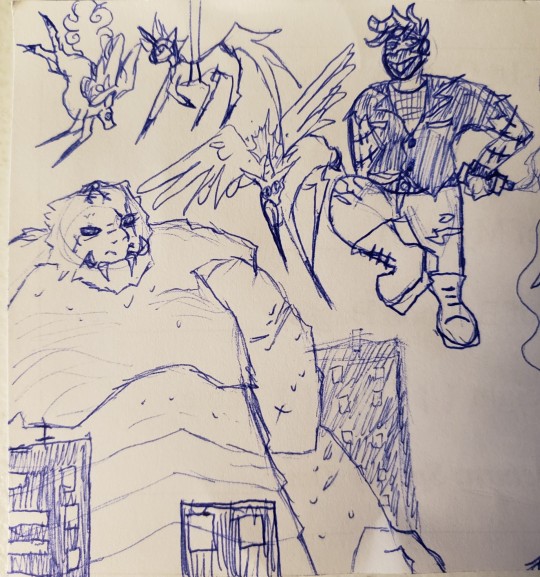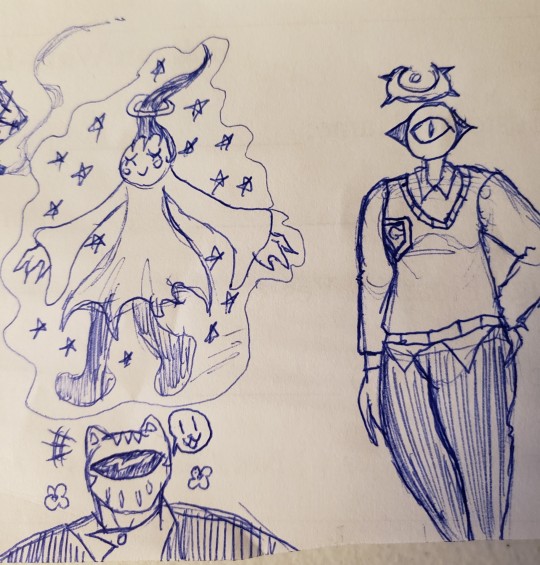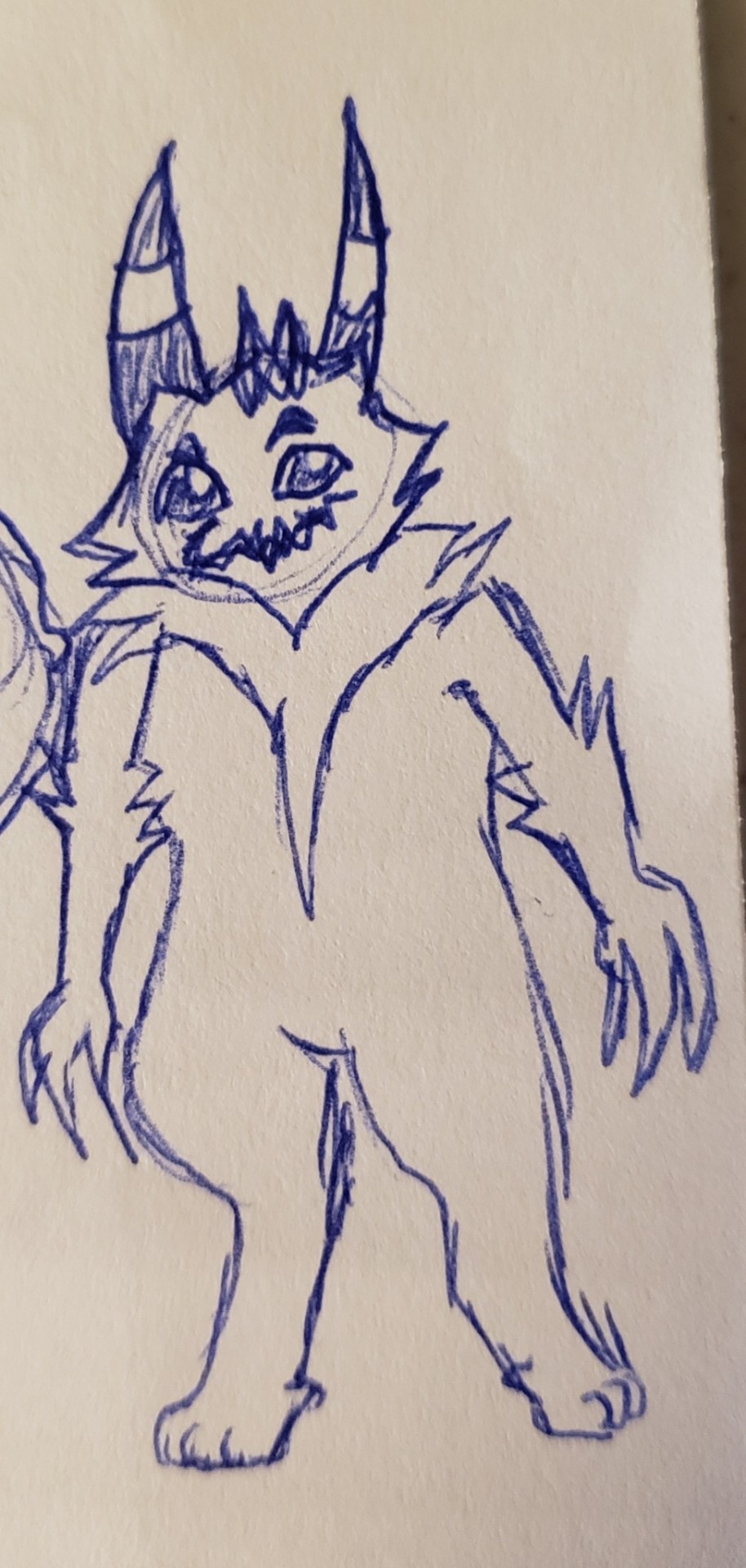Text
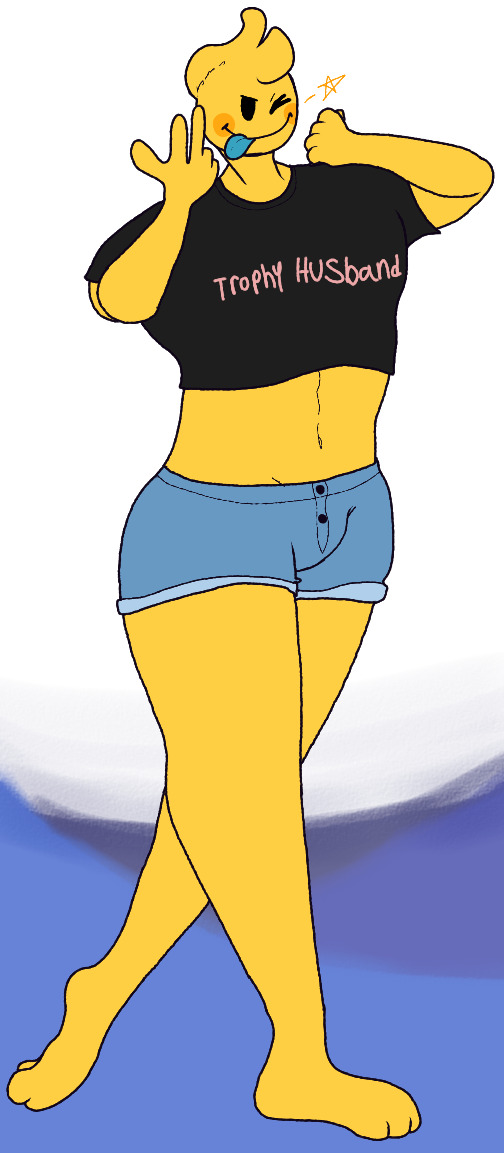

mau's son + new icon
0 notes
Text

the cruel leader
0 notes
Text
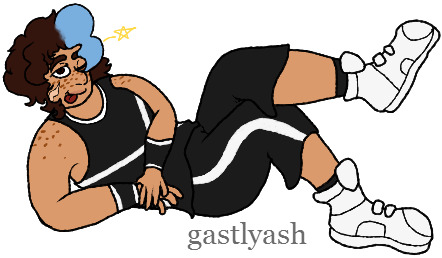
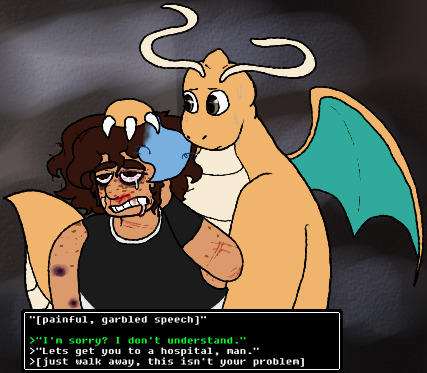
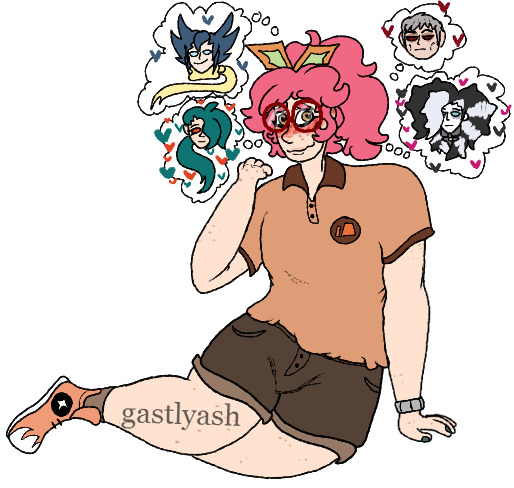
one guy that's kinda fucked up (but he has an emotional support dragon so its all good), and one assistant professor who probably has a type
0 notes
Text
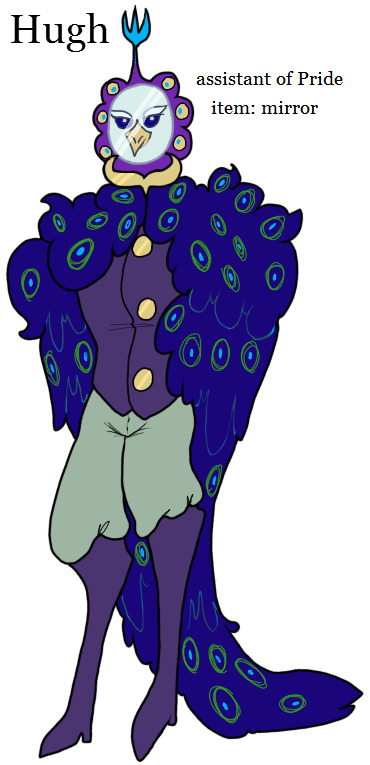
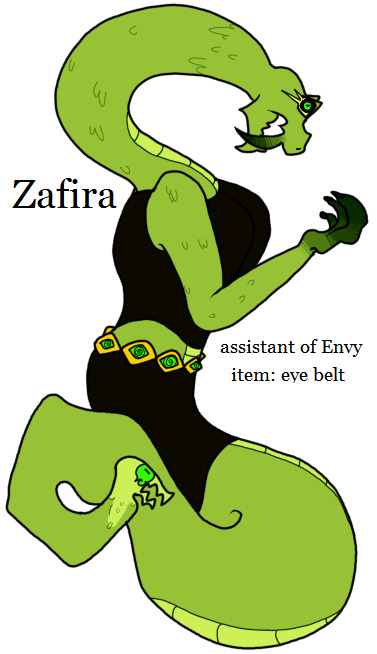

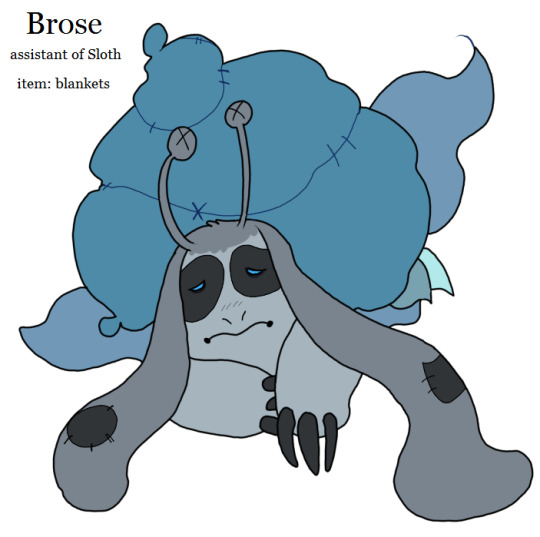


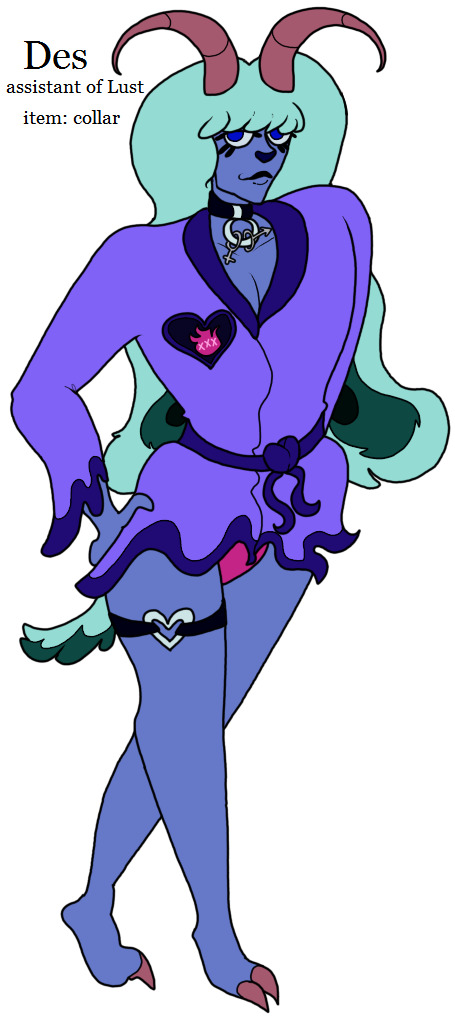
creatures representing the 7 deadly sins, with items that summon them
0 notes
Text

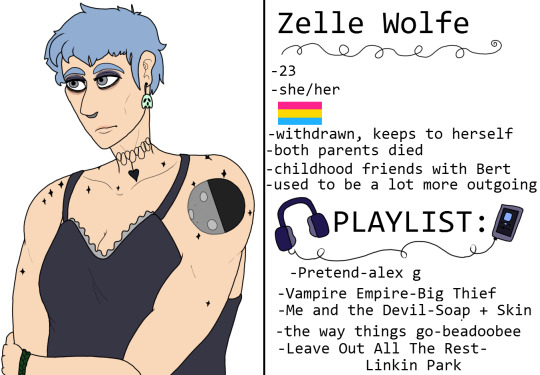
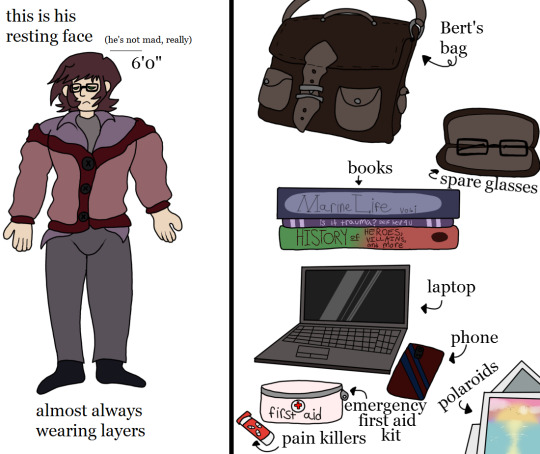
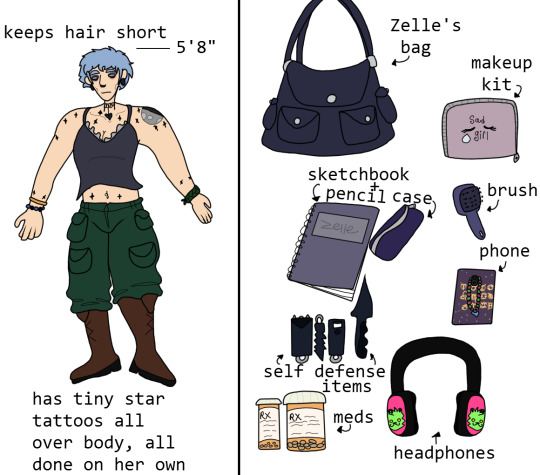
a couple of besties (also an actual couple)
0 notes
Text
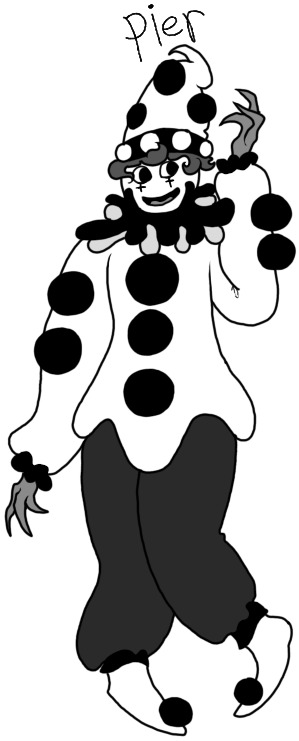
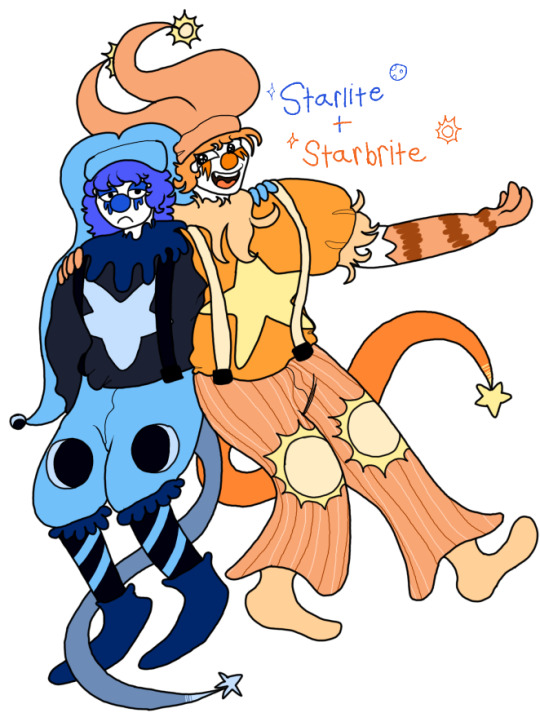
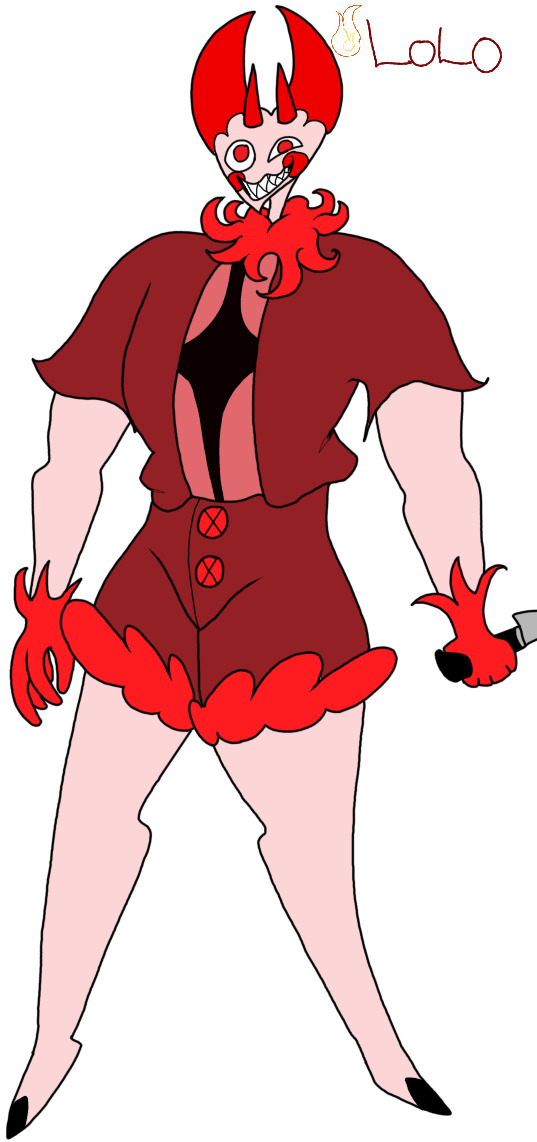


send in da clowns
0 notes
Text
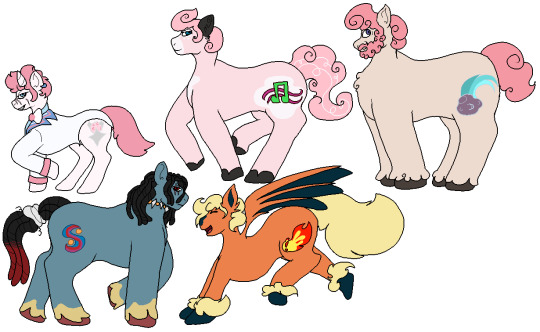
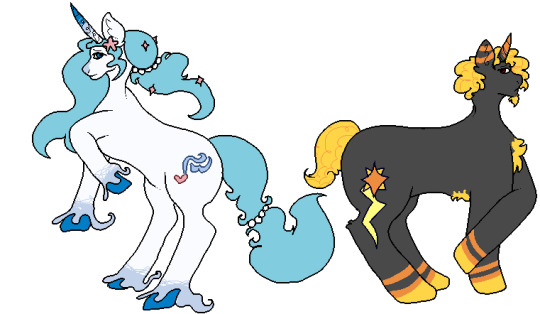
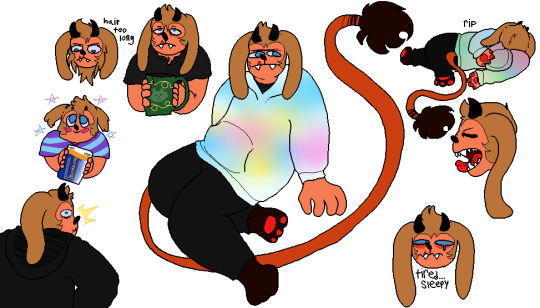



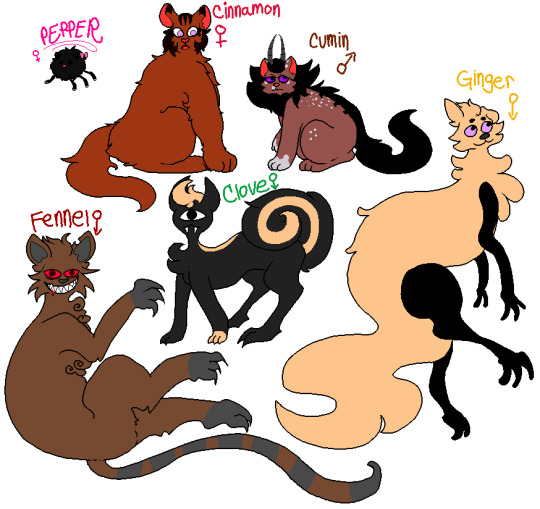
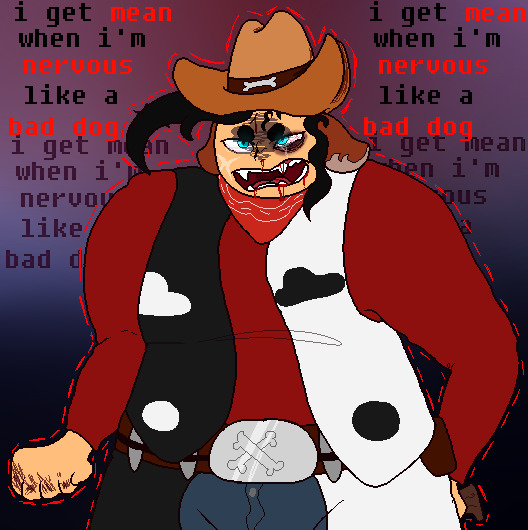
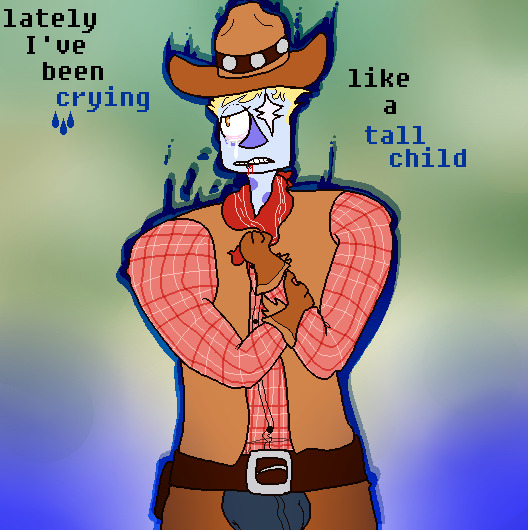
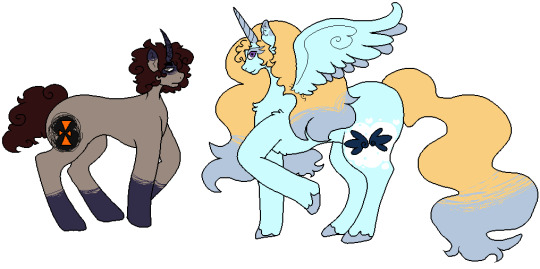




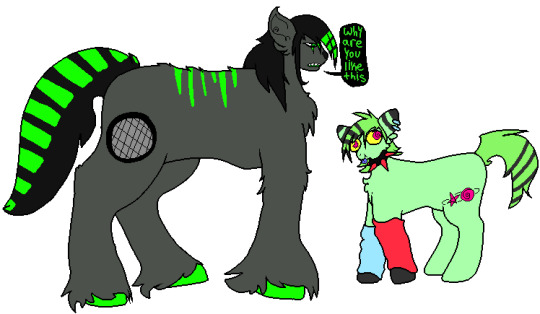

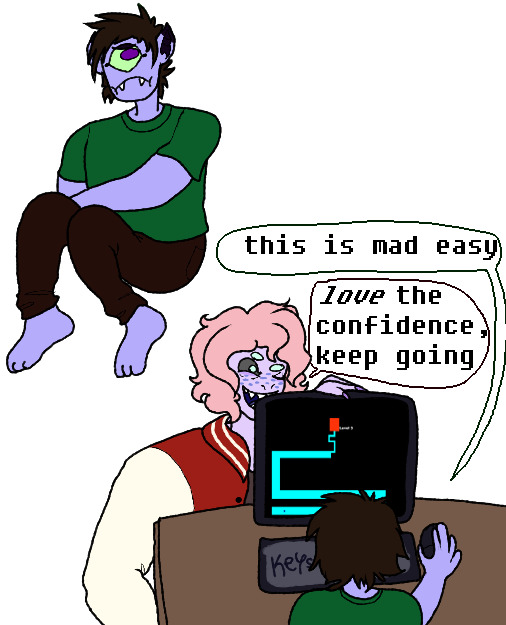
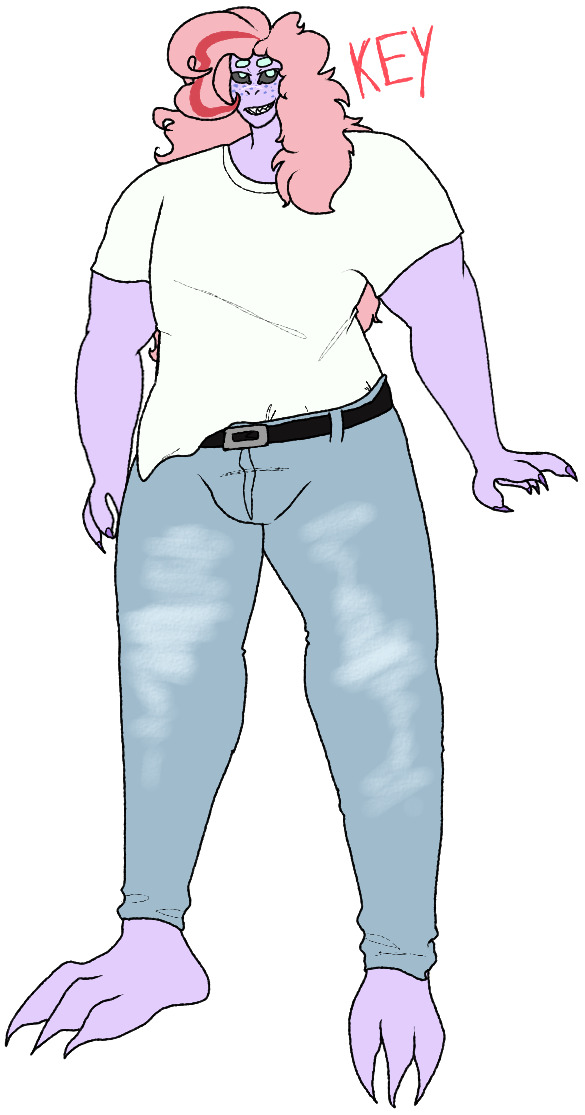

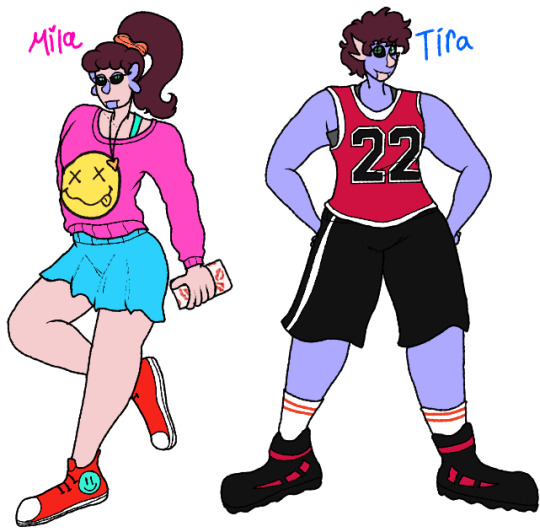
wahoo more art i forgot to post
0 notes
Text
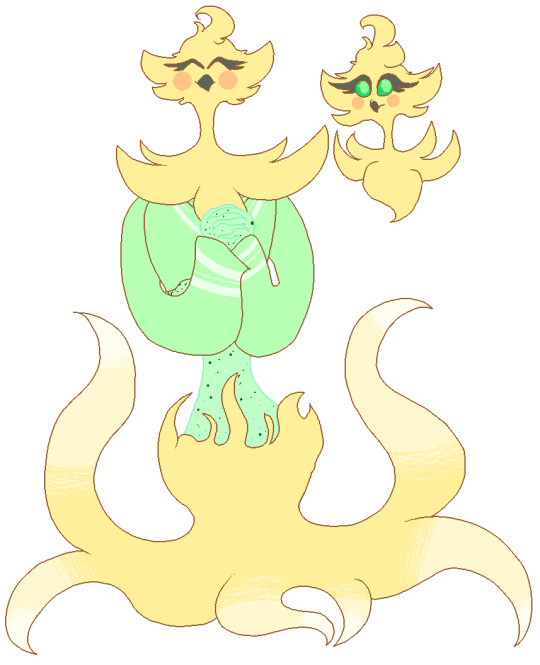
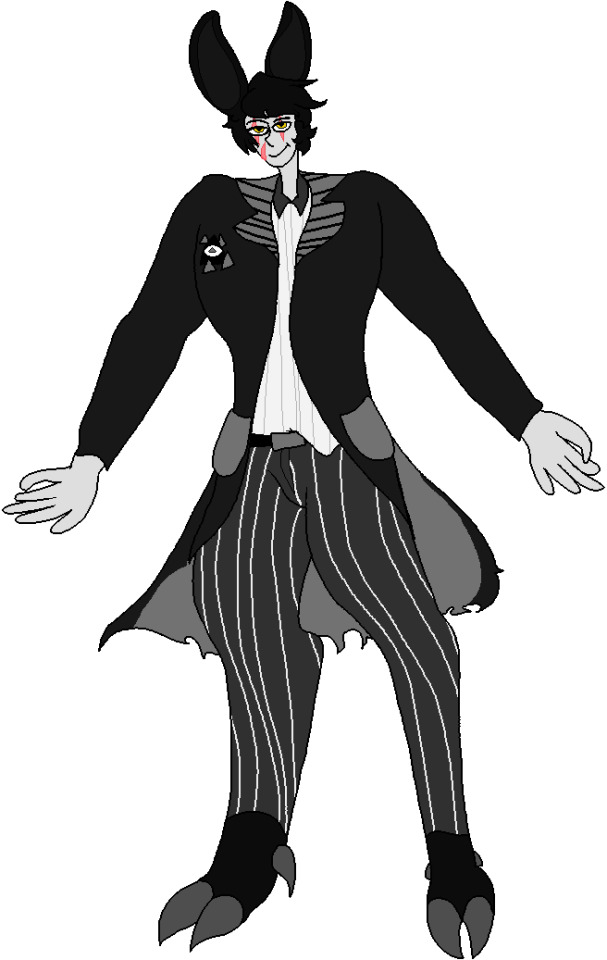
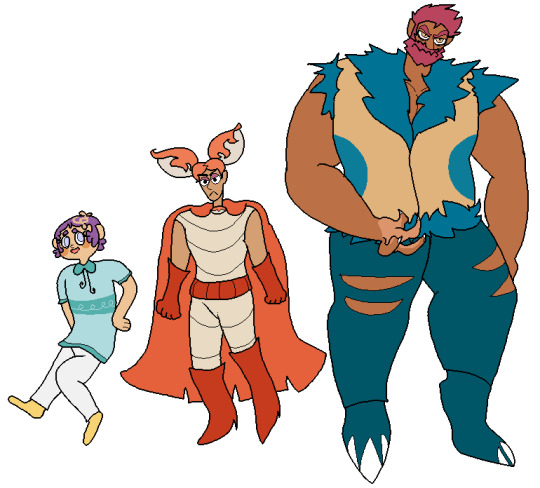
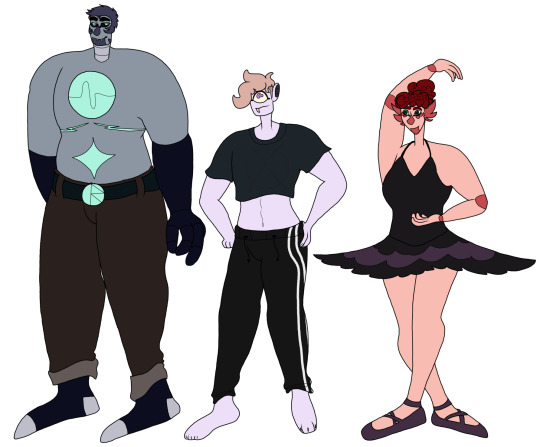
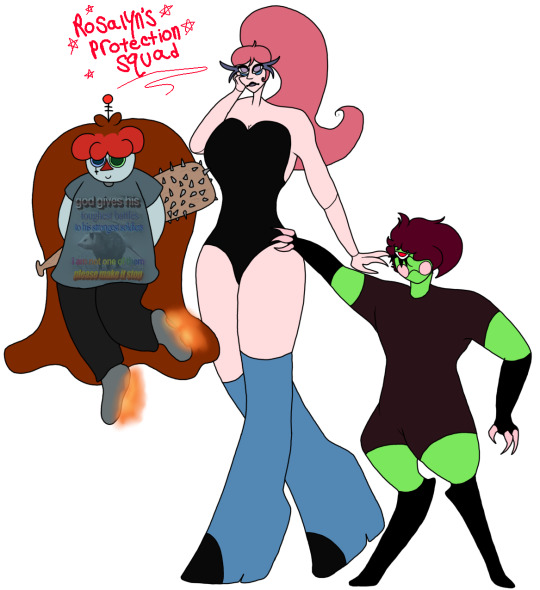

ocs + ocs + ocs + ocs+ o
0 notes
Text
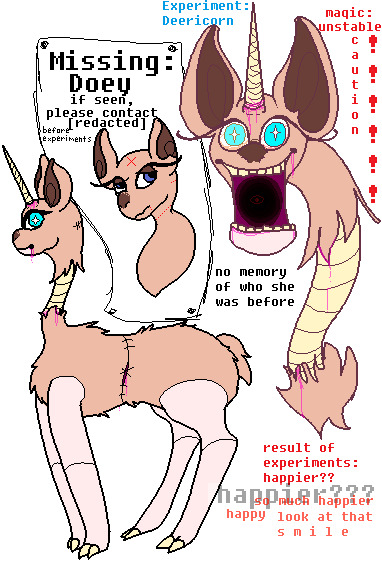
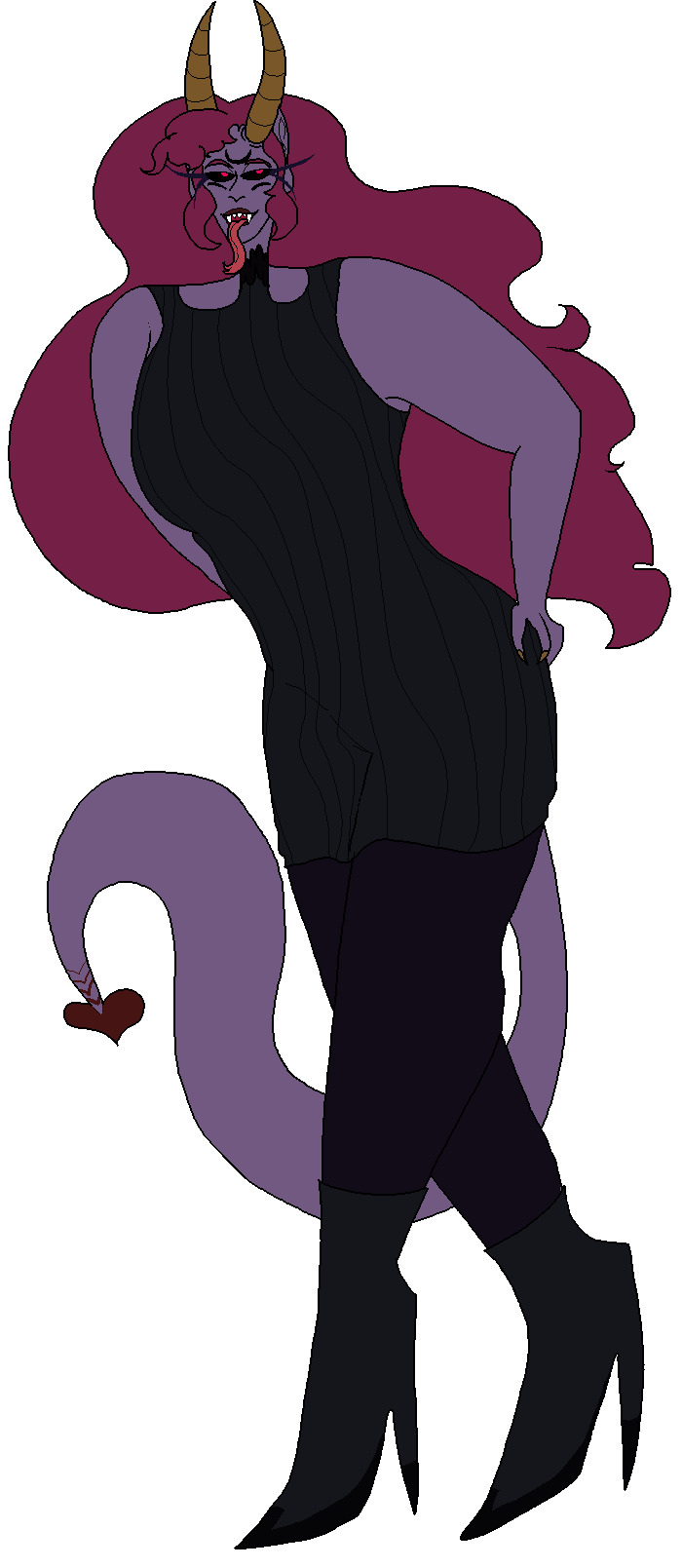


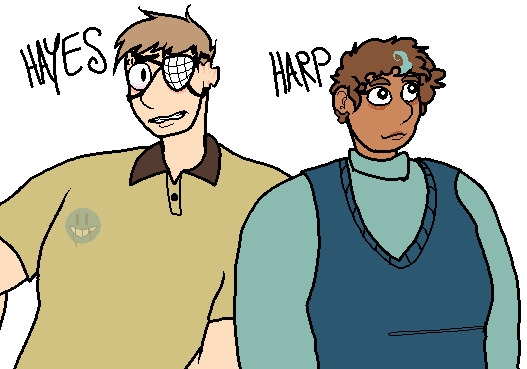



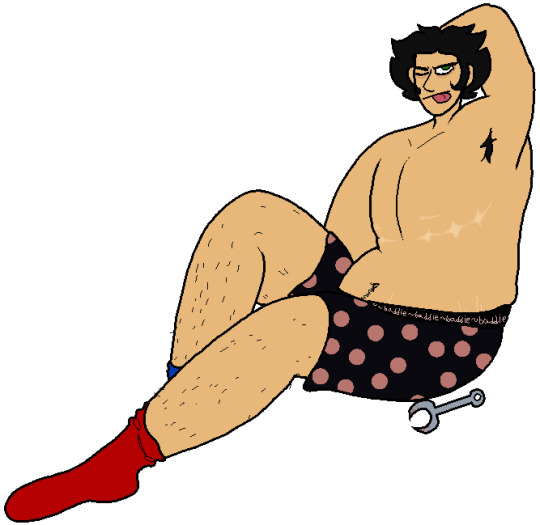
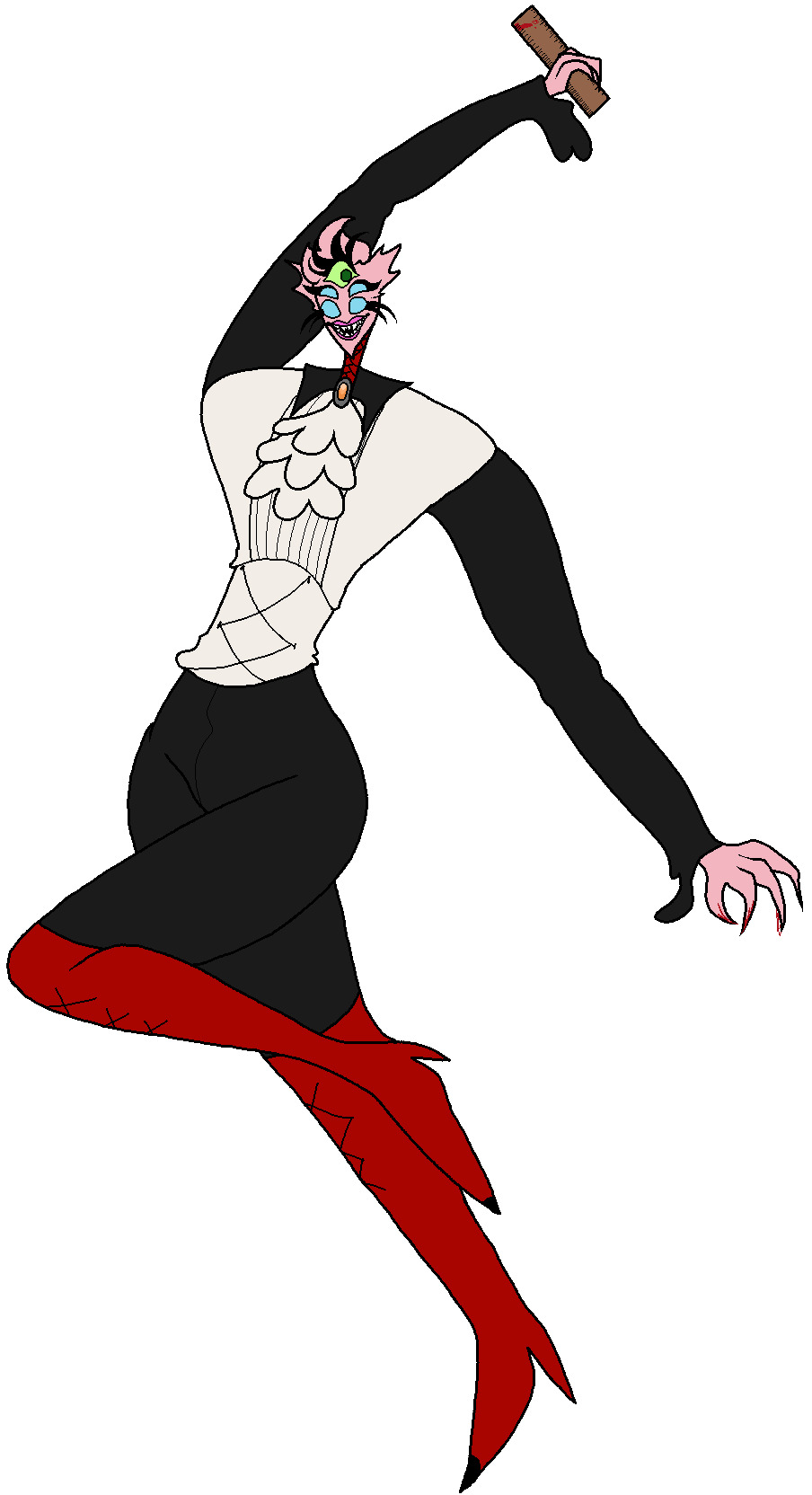
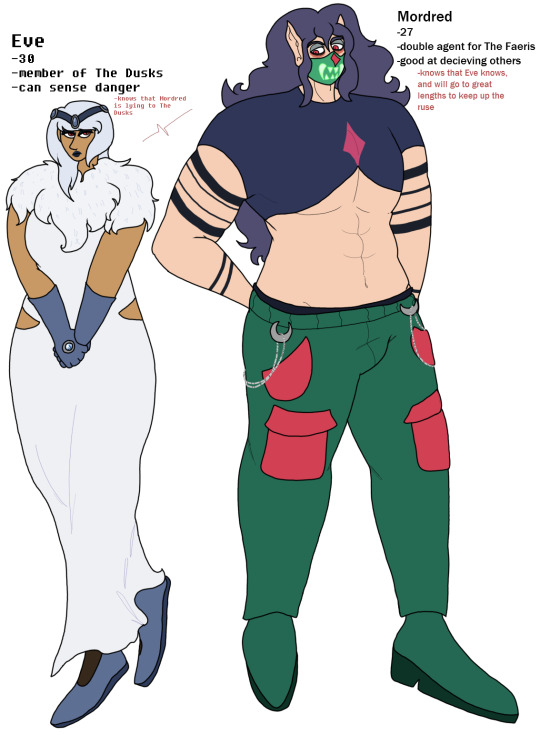
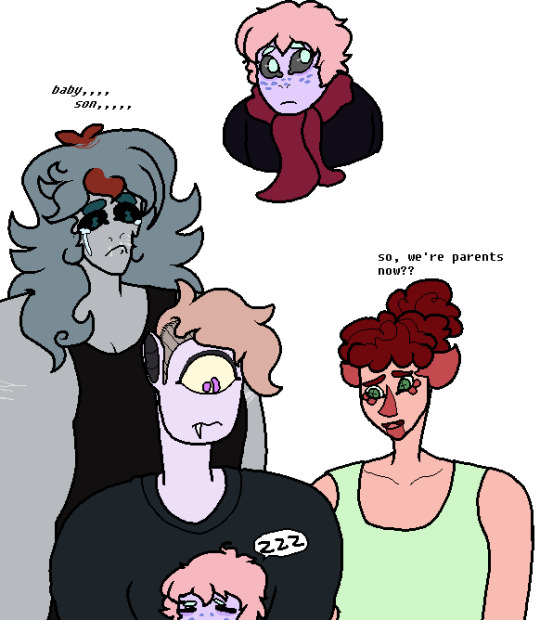
some stuff I forgot to upload from last month + this month
0 notes
Text
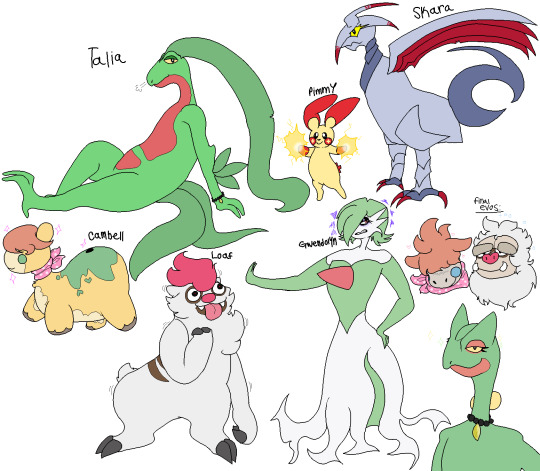

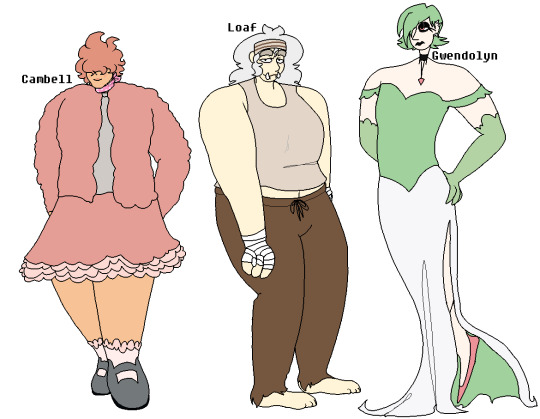
my ruby squad + human forms (i cannot play through these game w/o my team becoming ocs)
0 notes
Text


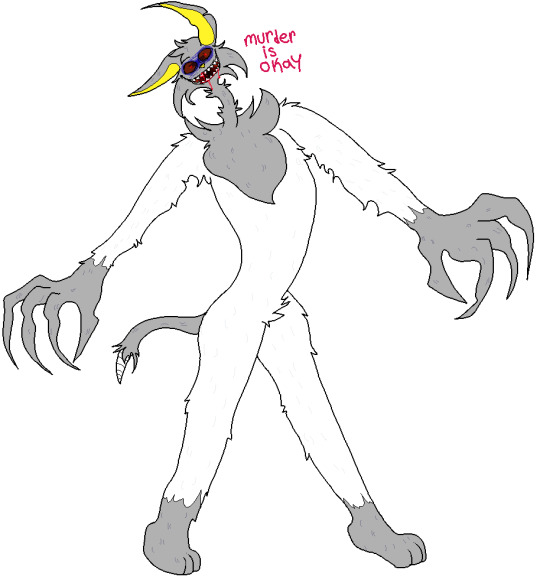
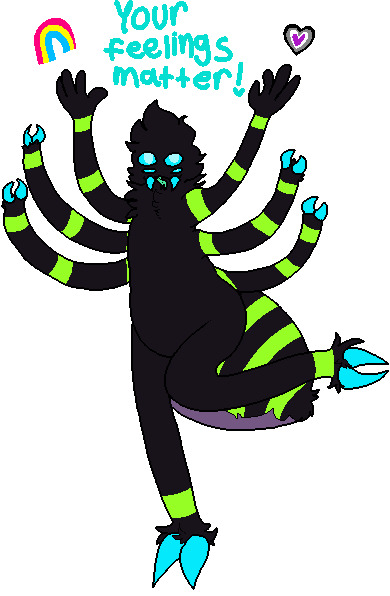
based on this meme:
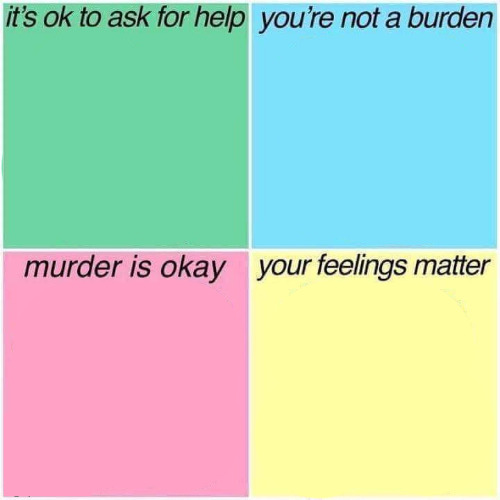
0 notes
Text
HOW TO GIVE PERSONALITY TO A CHARACTER
Giving personality to a character is an essential part of character development in storytelling, whether you're writing a novel, screenplay, or creating a character for a role-playing game. Here are some steps and considerations to help you give personality to your character:
Understand Their Backstory:
Start by creating a detailed backstory for your character. Where were they born? What were their childhood experiences like? What significant events have shaped their life? Understanding their past can help you determine their motivations, fears, and desires.
2. Define Their Goals and Motivations:
Characters often become more interesting when they have clear goals and motivations. What does your character want? It could be something tangible like a job or a romantic relationship, or it could be an abstract desire like happiness or freedom.
3. Determine Their Strengths and Weaknesses:
No one is perfect, and characters should reflect this. Identify your character's strengths and weaknesses. This can include physical abilities, intellectual skills, and personality traits. Flaws can make characters relatable and three-dimensional.
4. Consider Their Personality Traits:
Think about your character's personality traits. Are they introverted or extroverted? Shy or outgoing? Kind or selfish? Create a list of traits that describe their character. You can use personality frameworks like the Myers-Briggs Type Indicator or the Big Five Personality Traits as a starting point.
5. Give Them Quirks and Habits:
Quirks and habits can make a character memorable. Do they have a specific way of speaking, a unique fashion style, or an unusual hobby? These details can help bring your character to life.
6. Explore Their Relationships:
Characters don't exist in isolation. Consider how your character interacts with others. What are their relationships like with family, friends, and enemies? These relationships can reveal a lot about their personality.
7. Show, Don't Tell:
Instead of explicitly telling the audience about your character's personality, show it through their actions, dialogue, and decisions. Let the reader or viewer infer their traits based on their behavior.
8. Create Internal Conflict:
Characters with internal conflicts are often more engaging. What inner struggles does your character face? These can be related to their goals, values, or past experiences.
9. Use Character Arcs:
Consider how your character will change or grow throughout the story. Character development is often about how a character evolves in response to the events and challenges they face.
10. Seek Inspiration:
Draw inspiration from real people, other fictional characters, or even historical figures. Study how people with similar traits and backgrounds behave to inform your character's actions and reactions.
11. Write Dialogue and Inner Monologues:
Writing dialogue and inner monologues from your character's perspective can help you get inside their head and understand their thought processes and emotions.
12. Consider the Setting:
The setting of your story can influence your character's personality. For example, a character who grows up in a war-torn environment may have a different personality than one raised in a peaceful, affluent society.
13. Revise and Refine:
Don't be afraid to revise and refine your character as you write and develop your story. Characters can evolve and change as the narrative unfolds.
Remember that well-developed characters are dynamic and multi-faceted. They should feel like real people with strengths, weaknesses, and complexities. As you write and develop your character, put yourself in their shoes and think about how they would react to various situations. This will help you create a compelling and believable personality for your character.
11K notes
·
View notes
Text
Fantasy Guide to Noble Titles & What they Mean

So I get a lot of questions about what nobles actually do or how much they own or why a certain title is higher than another. Understanding the complexities of nobility and their hierarchy can be a bit of a head twister but hopefully this will help you out. Just for the moment we will be focusing on European Titles because I can't fit all the titles into one post. Forgive my shitty doodles. The diagrams mark out where the particular noble would rule.
Archduke/Archduchess

These titles have two meanings. In the latter half of the Austrian Empire, it was used to denote senior members of the Royal family such as children and siblings. It is also a non Royal title given to someone who rules an archduchy, a large portion of land with in the kingdom. They are in charge of the archduchy, ensuring it runs smoothly. They are referred to as Your Grace.
Grand Duke/Grand Duchess
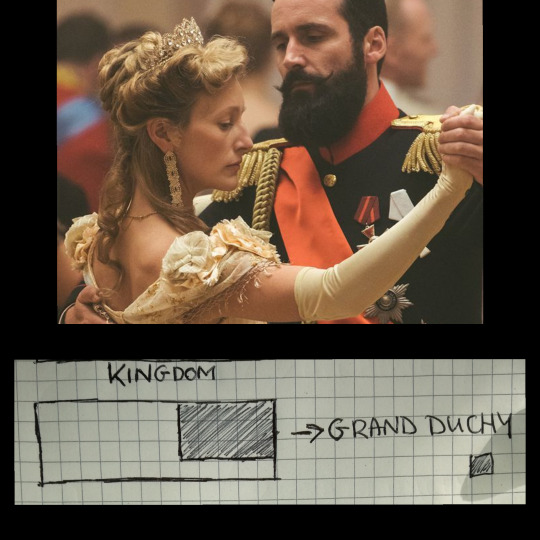
The Grand Duke is probably the trickiest of all these titles as there is a dual meaning. A Grand Duke can rule a state as a sovereign like in Luxembourg or they can rule a Grand Duchy (a large portion of land within a kingdom) like the Grand Dukes of Russia. The Grand Duke was below the Archduke and their lands may be smaller. They are in charge of ruling their Grand Duchy, upholding the monarch's laws in their name. They are referred to as Your Grace.
Duke/Duchess

The Duke is the highest rank in most European nations. The Duke rules a large portion of the kingdom- called a Duchy- which you can think of as a county/state. The Duchies are often awarded by the monarch to their children who are not the heir. The Duke is charge with running that portion of land by order of the monarch, handling the over all business of that piece of the Kingdom. Dukes are referred to as Your Grace. There was only one Duke per Duchy.
Marquess/Marchioness

A Marquess is the next rung down from Dukes. The Marquess is in charge of a portion of land within a Duchy which is called a Marsh which lays near a border. The Marquess is solely responsible for the running of that portion of land. The Marquess is called The Most Honourable (Insert name), the Marquess of XYZ. There could be multiple marquesses in a Duchy if it was near a large border.
Earl/Count/Countess/Compte/Comptesse

An Earl/Count Rules over an Earldom, which is a section of a Duchy but it has less importance than a Marsh ruled by the Marquess. The Earl/Count is the third highest ranking within the Duchy. Often it was the subsidiary title of the heir of the Dukedom, so the eldest son/daughter of the Duke would be the Earl. The Earl/Count of X is addressed as Lord X for example, the Earl of Grantham, is called Lord Grantham. There could be multiple Earls/counts per Duchy.
Viscount/Viscountess/Viscompte/Viscomptess

Viscounts are the Earl/Count's second in command, ruling a portion of land with the Earldom. They handled the judiciary matters of their lands and their barons. Viscounts were addressed as the Right Honourable (insert name) Viscount of XY. Viscounts can also be used as a subsidiary title for the son of a Earl. When Thomas Boleyn was made Earl of Wiltshire, his son George was made Viscount Rochford. There might be multiple Viscounts in a Duchy.
Baron/Baroness

The Baron is the lowest of ranks in the nobility pyramid. Before the mid-medieval period, almost all nobles were labelled as Barons. They ruled over a portion of the land under the Duke, the Earl and Viscount. There were always a huge force of barons with in the Duchy. They handled the minor local disputes of their lands, collecting taxes and monies owed. If they faced a larger issue or crime, they would pass it up to the next ranking noble the Viscount and then it could travel all the way up to the Duke. The Baron of Townville were referred to as as Lord Townville.
15K notes
·
View notes
Text
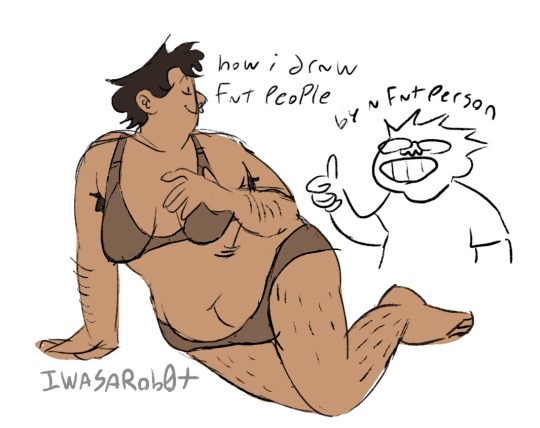


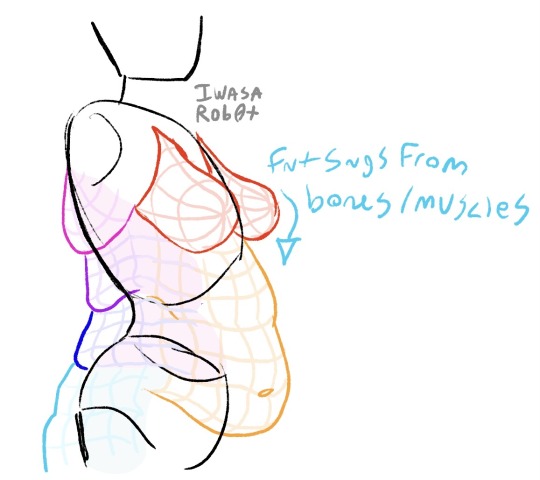
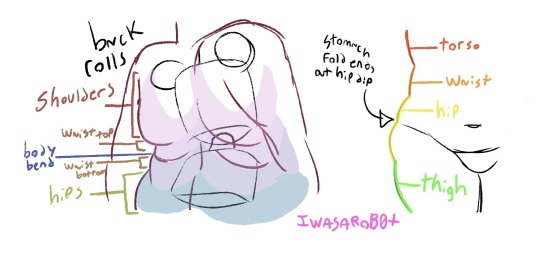
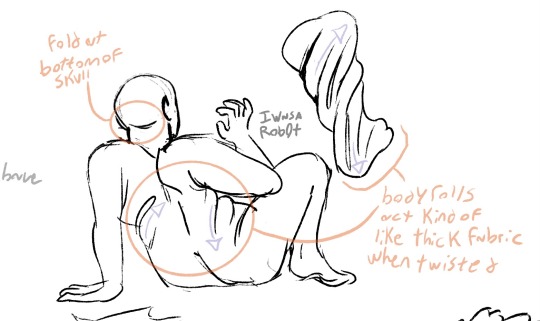



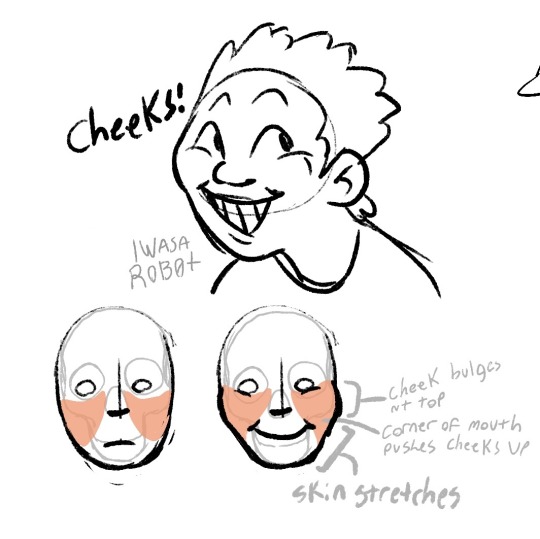
hey these are some tips for some of the little details in drawing fat folks that some people might not know!
everyone has fat on their bodies so its a worthwhile skill to have, but most art tutorials leave it out. heres some other good tips from artists!!
27K notes
·
View notes
